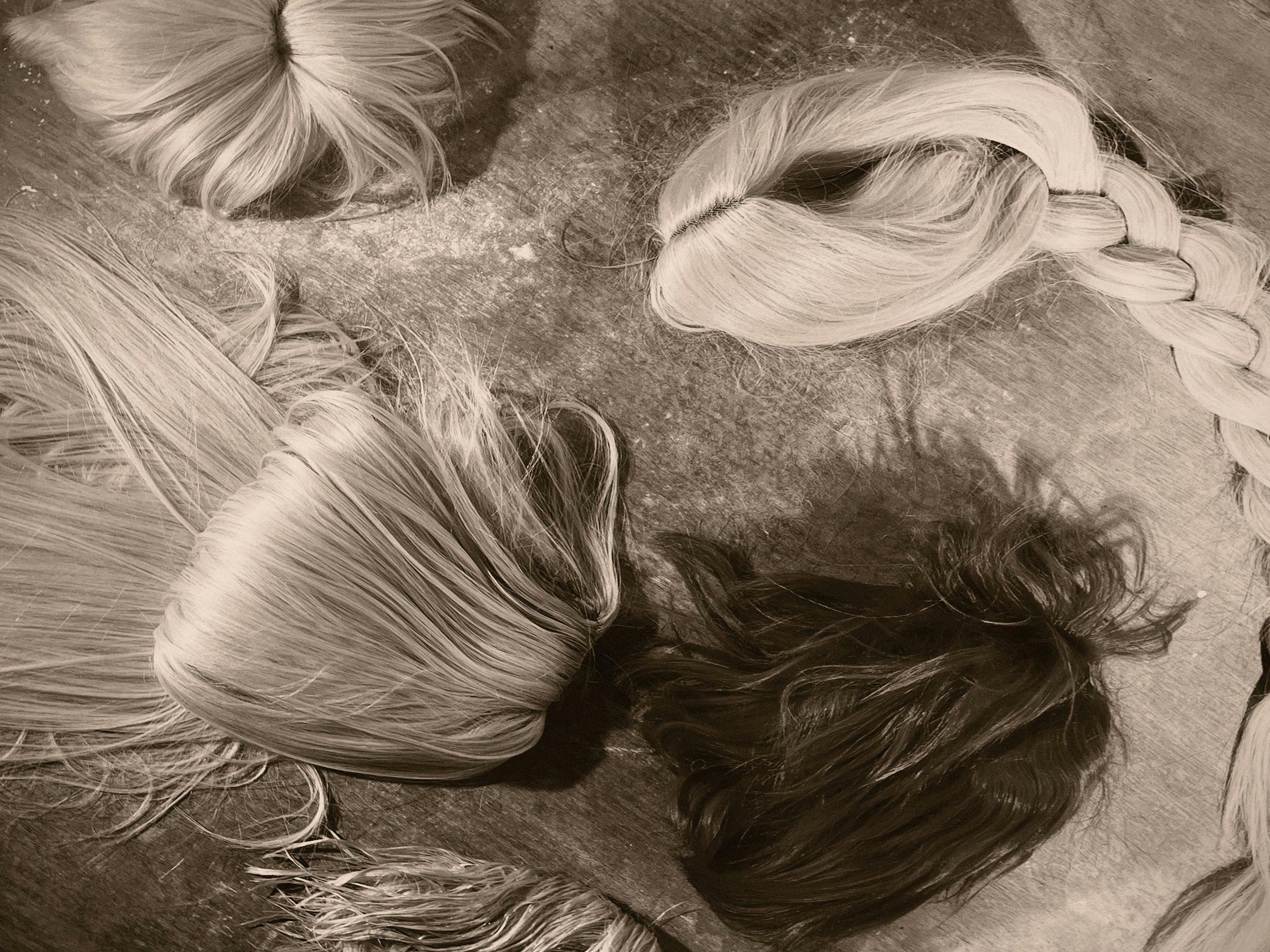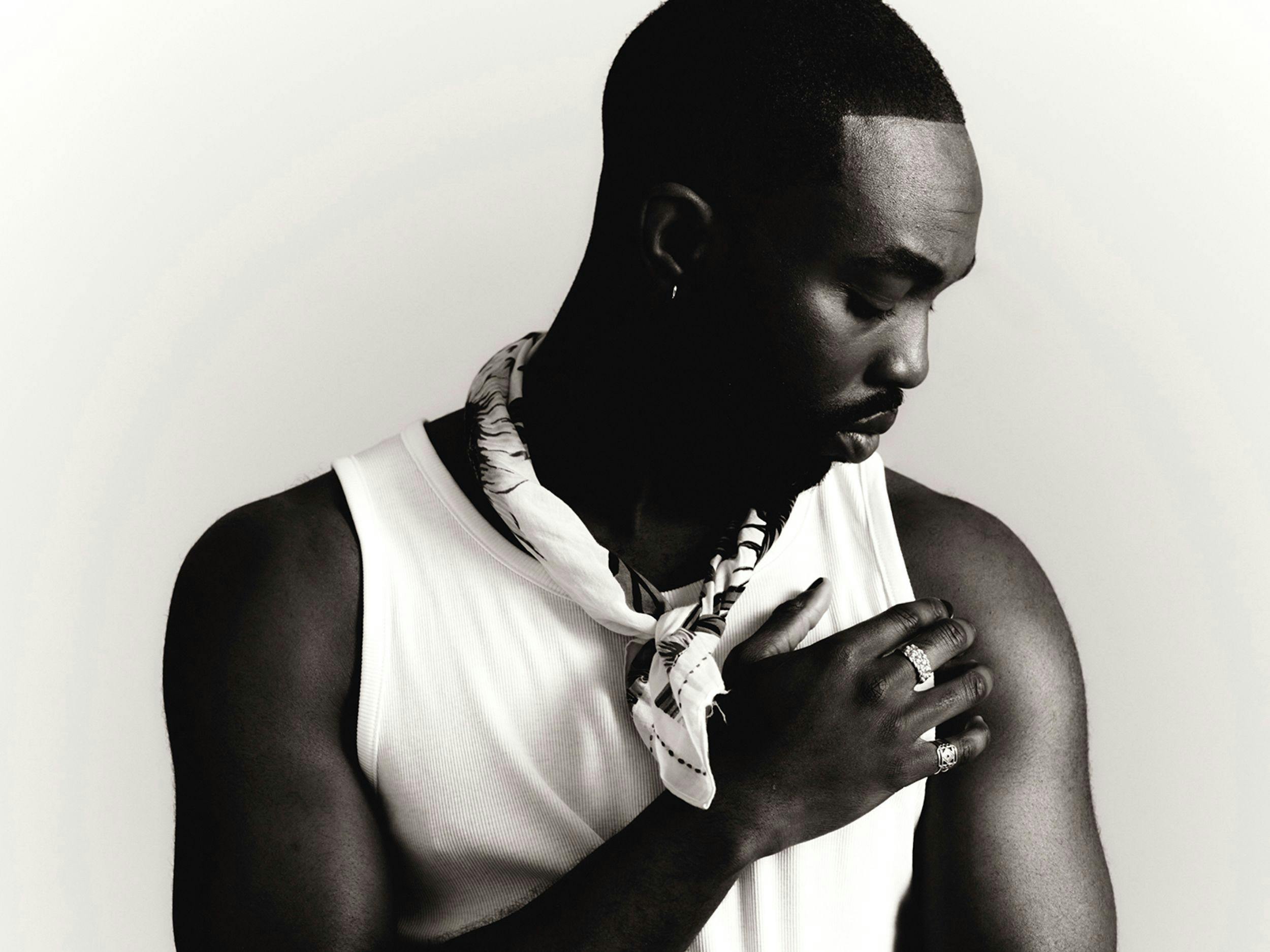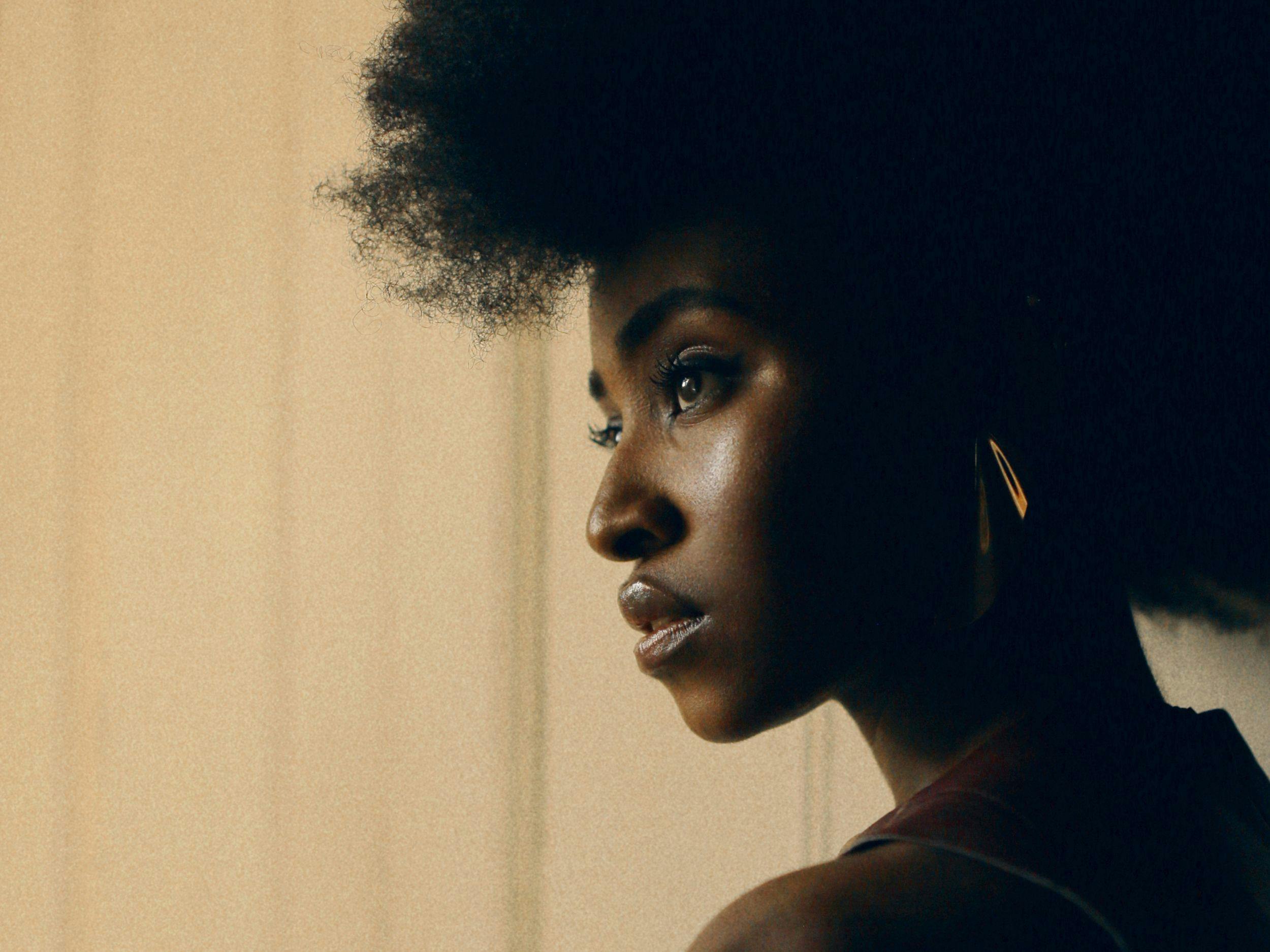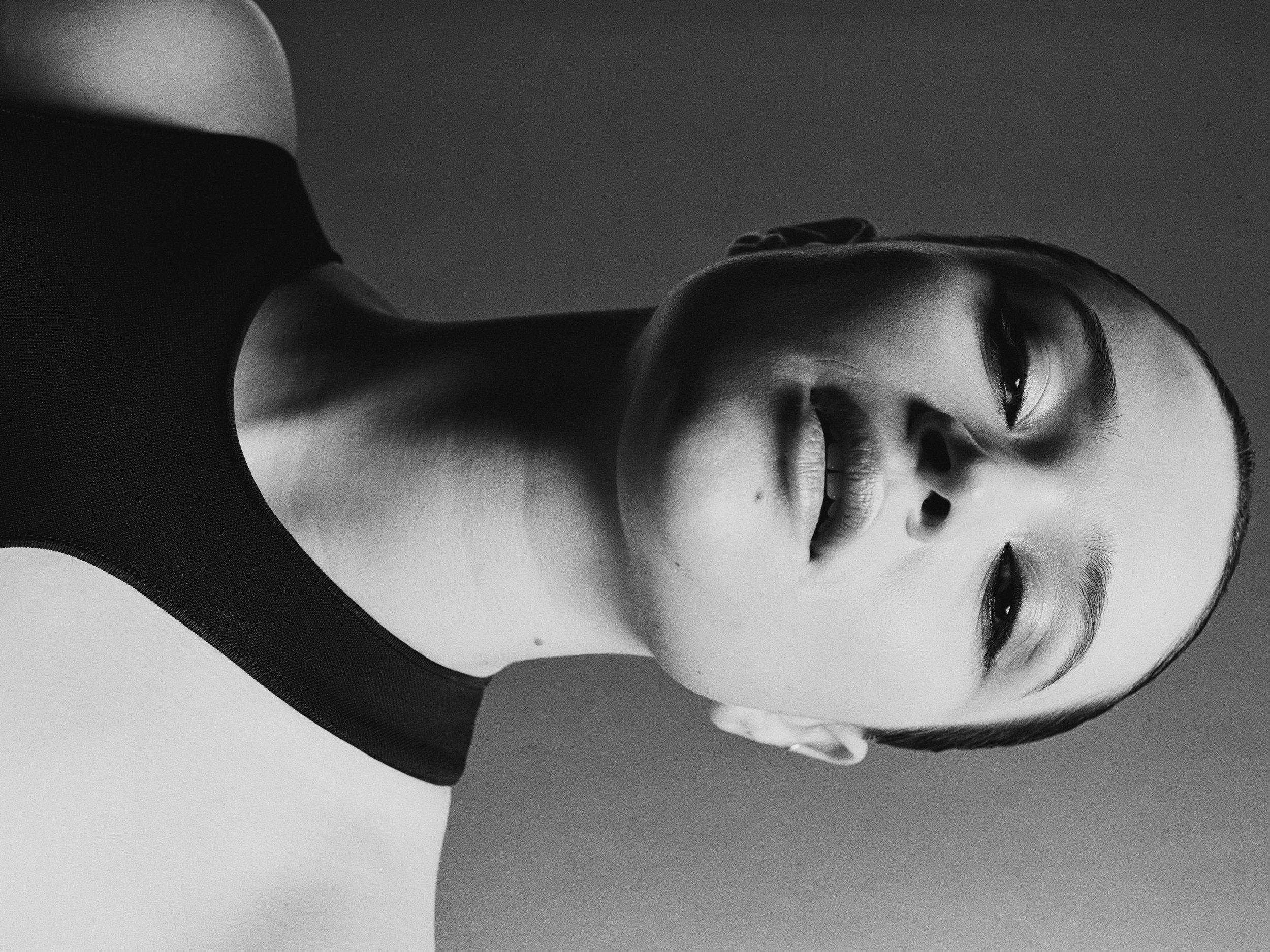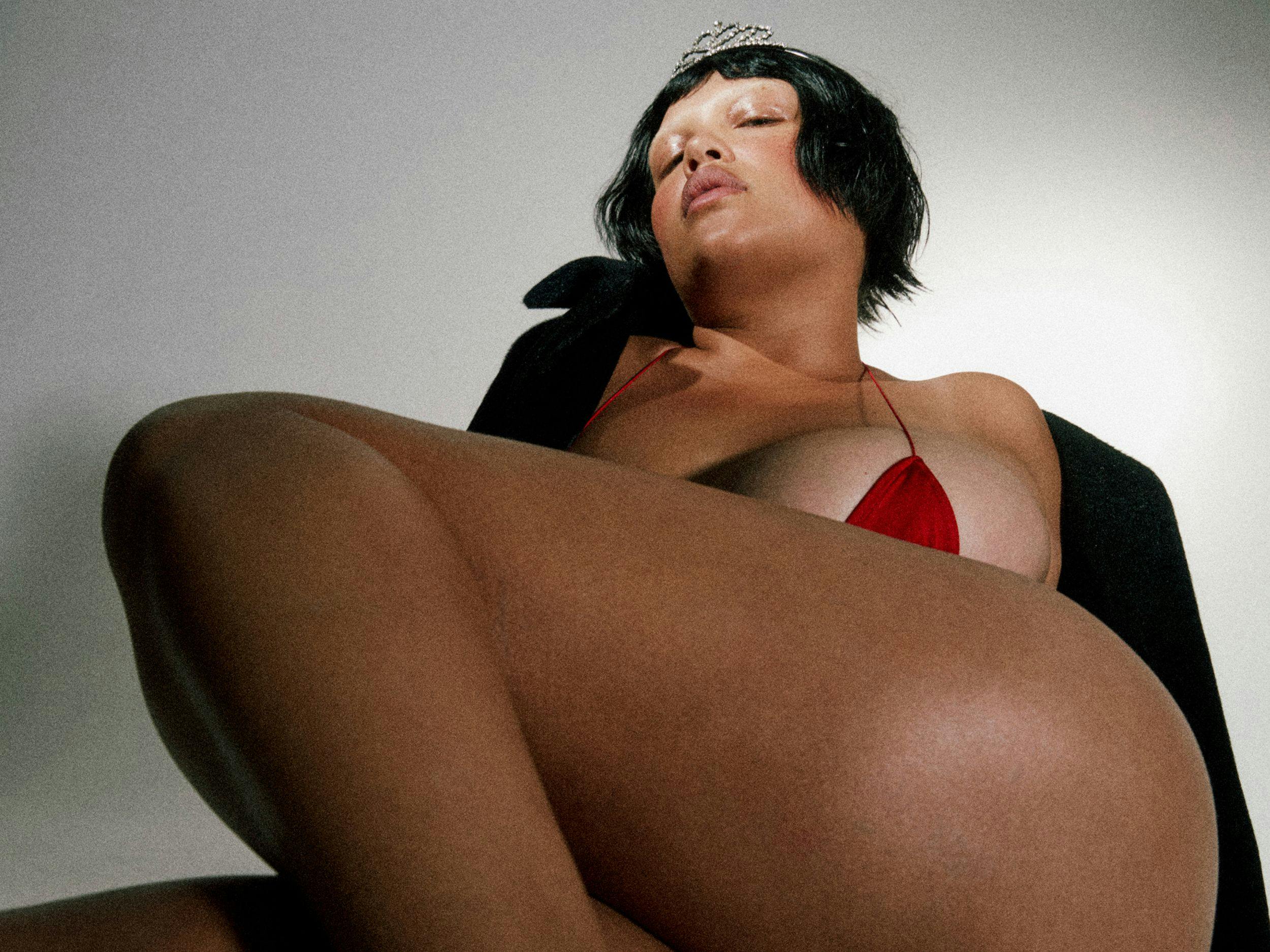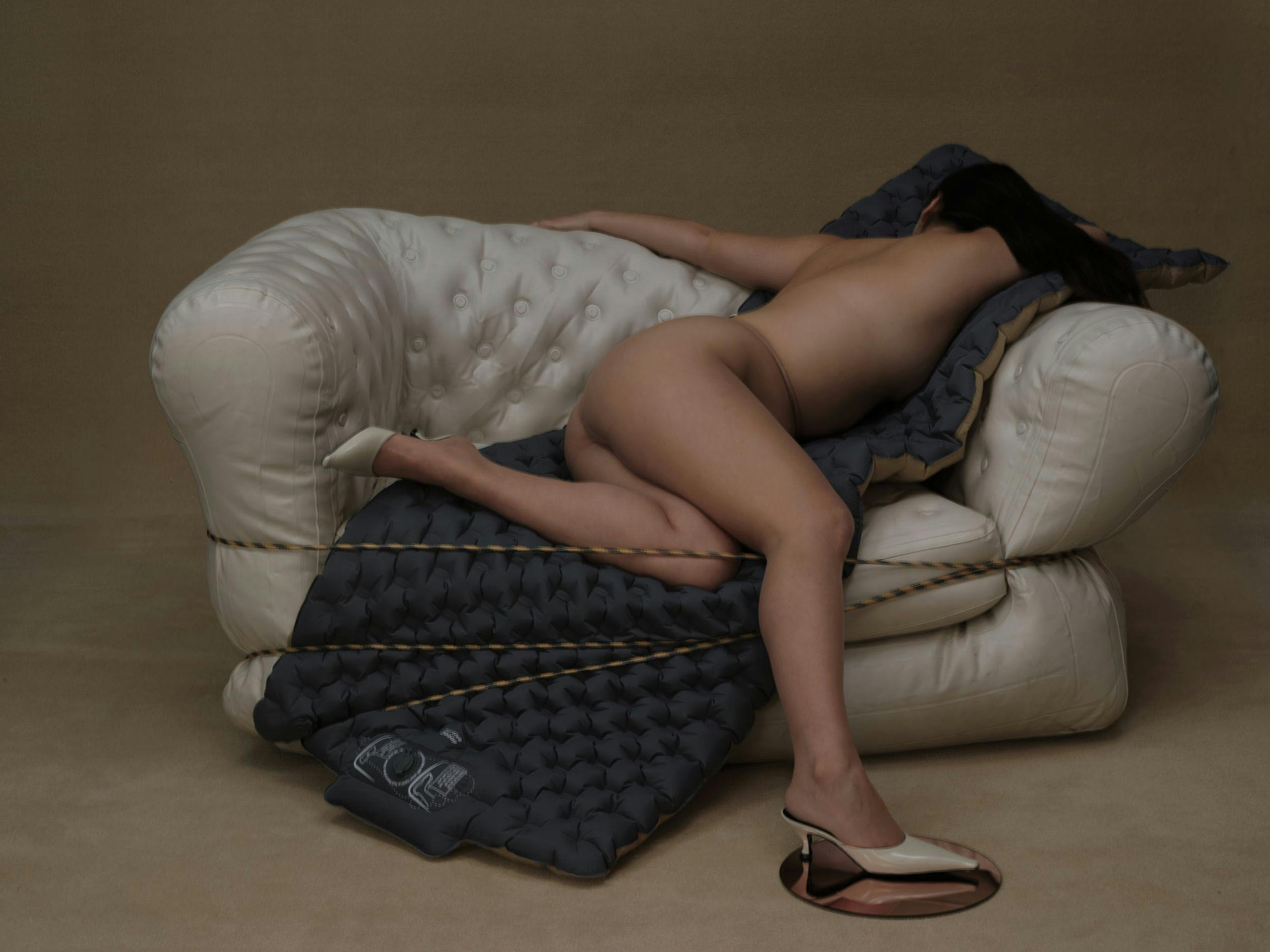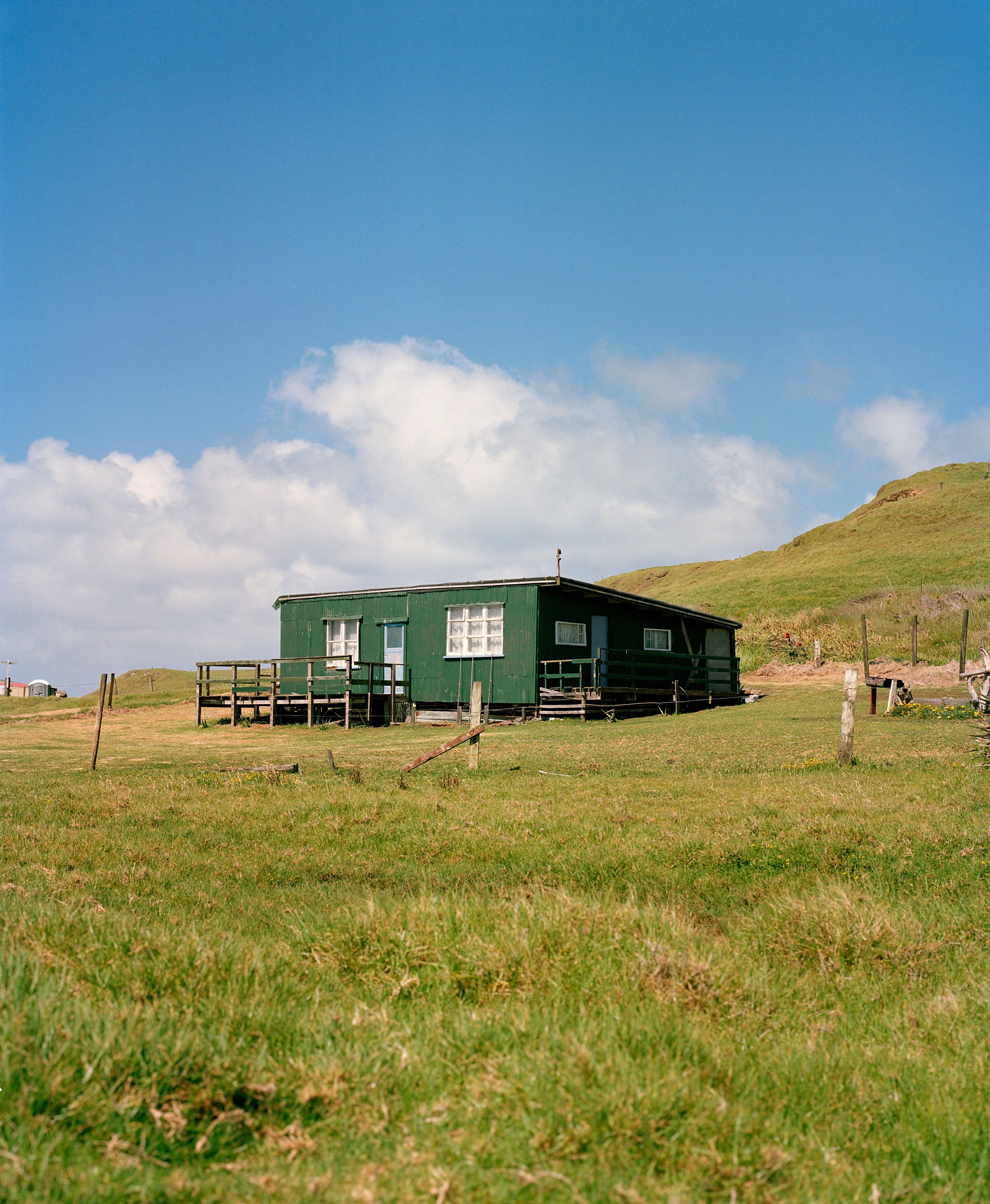
Kaitaia
On a bright summer morning in February, the photographer Derek Henderson remarked about the heat in Sydney—eight-six degrees Fahrenheit, at barely 10 AM. Born and raised in Hawke’s Bay on the North Island of New Zealand, Henderson has since made a life in the busy, sweltering Australian city, but as the series he shares with Cero Magazine here shows, his homeland maintains a distinct pull on him.
For this work, previously only self-published and created over the course of about twenty years, Henderson traveled again and again to Kaitaia, a town on the tip of the North Island in a rural area dotted sparsely with a few small communities. “I’ve been going up there for years taking pictures,“ he says, noting that he used to visit as a child on family holidays. “I always like to go when I get the chance and take a few more.“
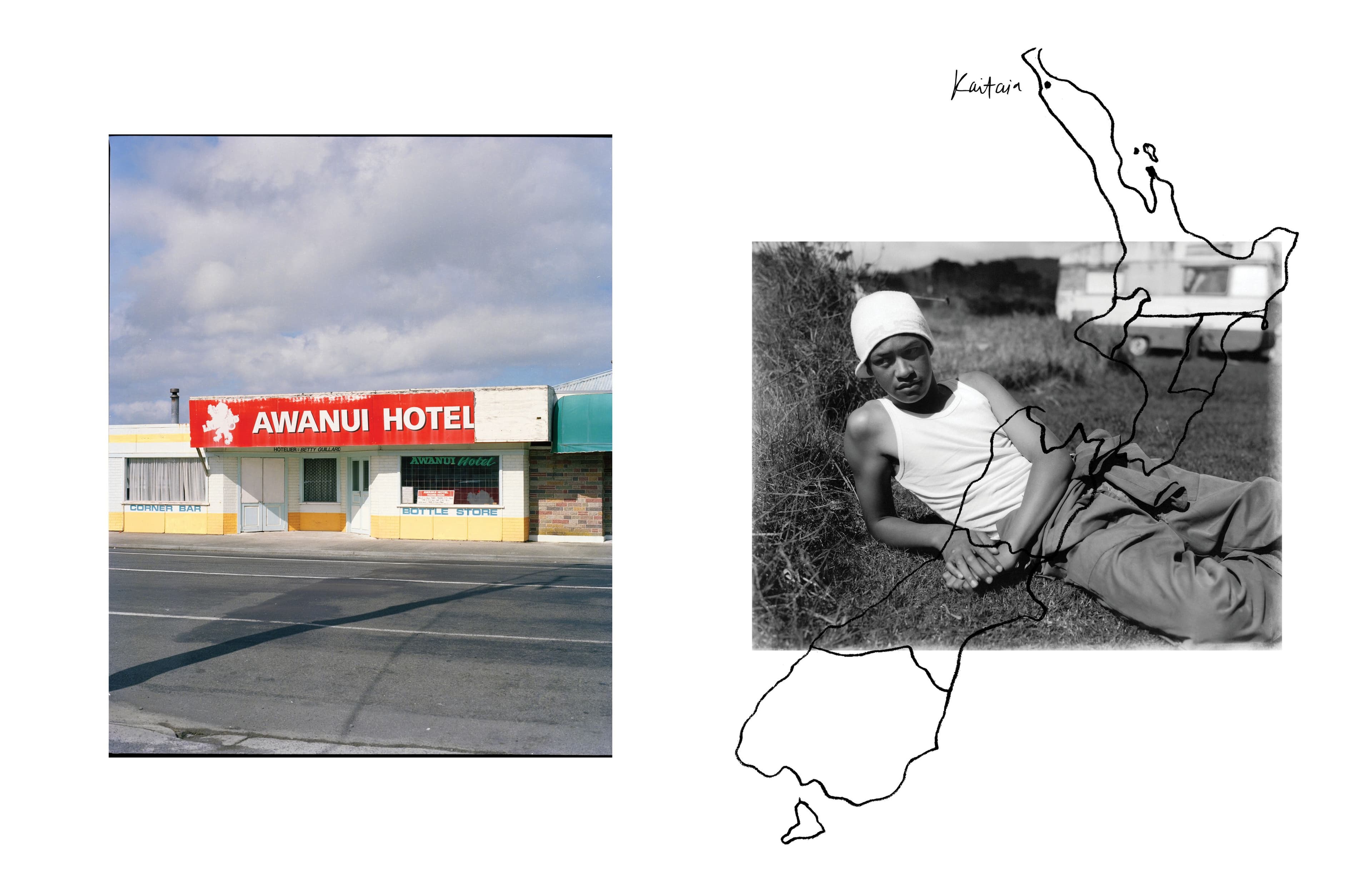
Kaitaia is remote, deserted. The scrappy cottages Henderson has stumbled upon don’t immediately suggest that people actually live in them. In what could be a postcard photograph, the Awanui Hotel also looks like it might be shut for the season. Yet despite the barren, vacant landscape, look closely and there’s a record of people. The name of the Awanui’s hotelier, for instance, is printed in the shadow of the awning. In front of a mobile home, a kid lounges in the grass. His hat turned backwards, the light in his face, he peers slightly away from Henderson’s lens as if someone might be there. Meanwhile, a teenager on his bike roams a gravelly street, staring the camera down like it’s in his way, but he doesn’t ride alone. Behind him, out of focus, another bike lies abandoned.

Henderson has an old-school understanding of photography. He focuses on his subjects, and when he roams, he does so without a plan. There’s a vulnerability in his scenes, keeping a dissonance between camera and subject. The people he photographs are strangers, after all, and together they walk a fine line. “It is a strange exchange, taking a photo of someone you’ve never met before,“ he explains, determined to immerse himself in the landscape, but to never get too close.
The hopeful vision of untouched purity that Americans tend to associate with New Zealand is not completely unfounded, but it certainly doesn’t tell the whole story. Henderson remembers, “I lived in a world that didn’t change that much when I was a young adult and middle-aged. It just carried on, and it was this weirdly idyllic age where it was all about going out and doing whatever you wanted to do.“ But he doesn’t exceptionalize his homeland, either: “It has one of the highest suicide rates in young men in the world. It has one of the highest rates of domestic violence in the world. There’s poverty there. It’s like a lot of places.“
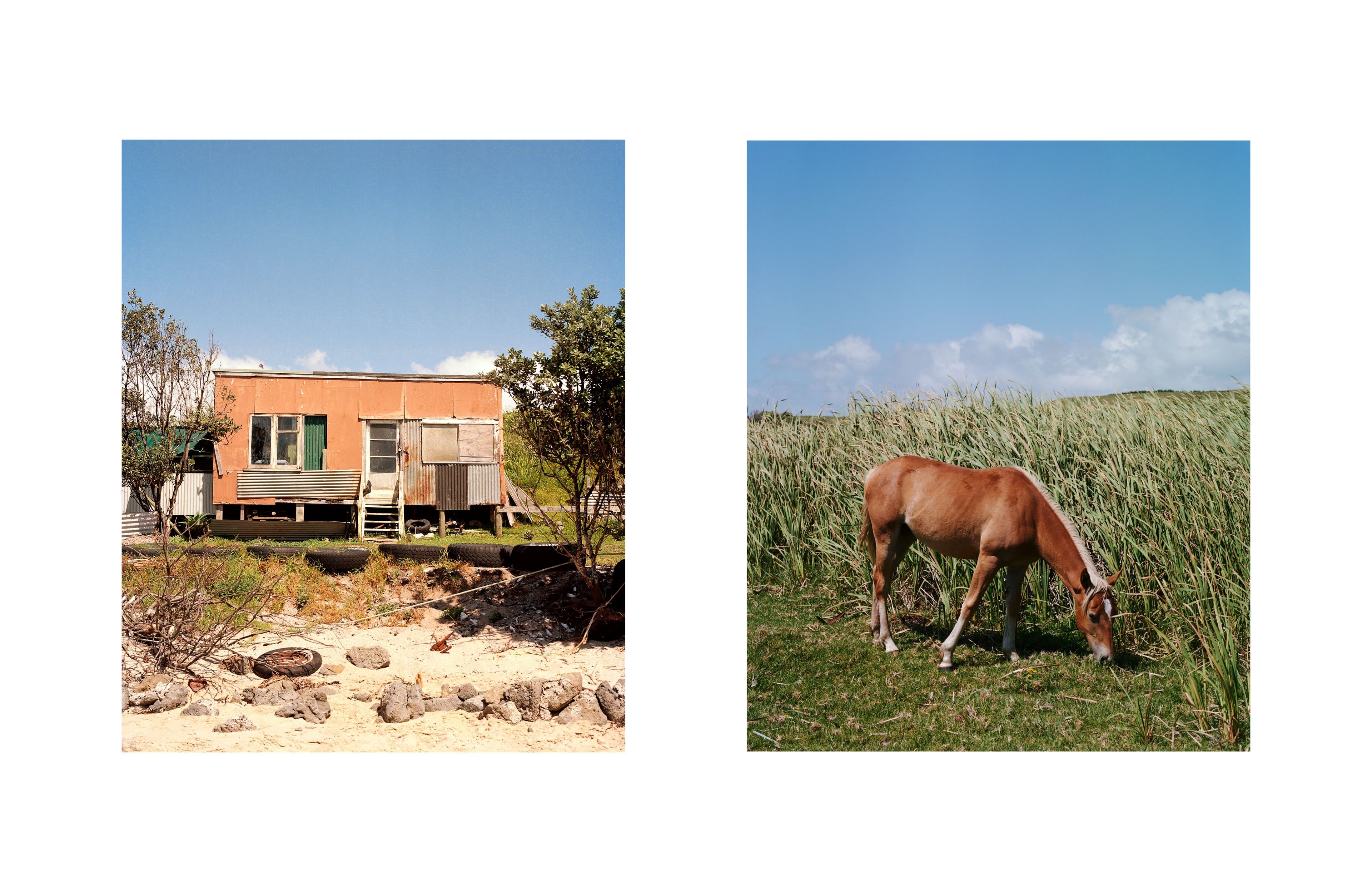
He doesn’t linger here, however, and with an immutable persistence, believes the age we live in now is one of real change. “There is a real movement away from a certain way we existed as human beings for a long time. It is changing, and you can see it. I think it’s going to work out really well.“ These are the stories he will never finish, leaving them for somebody else to do so.
Read this story and many more in print by ordering CERO04 here.
As a nonprofit arts and culture publication dedicated to educating, inspiring, and uplifting creatives, Cero Magazine depends on your donations to create stories like these. Please support our work here.
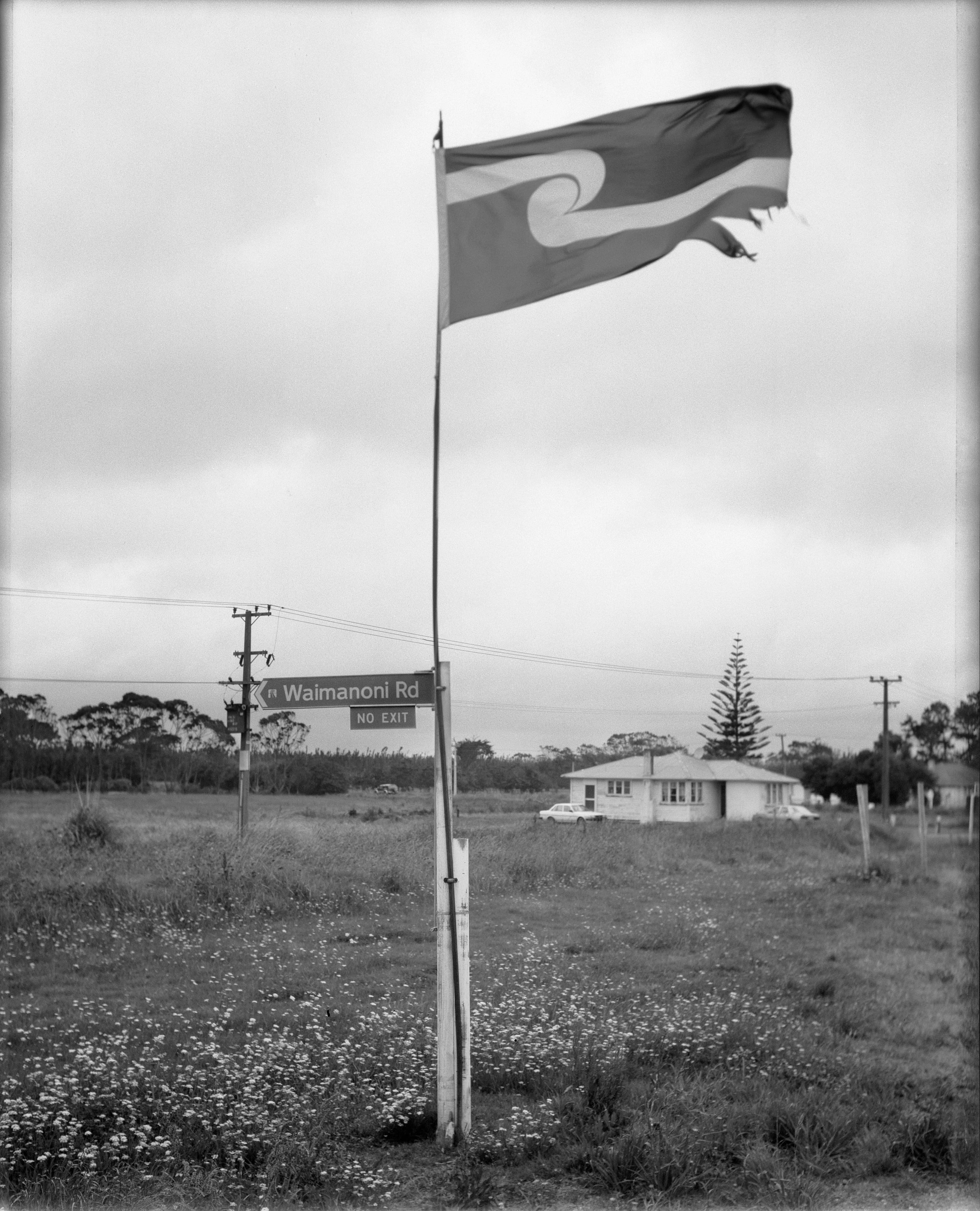
As a nonprofit arts and culture publication dedicated to educating, inspiring, and uplifting creatives, Cero Magazine depends on your donations to create stories like these. Please support our work here.
